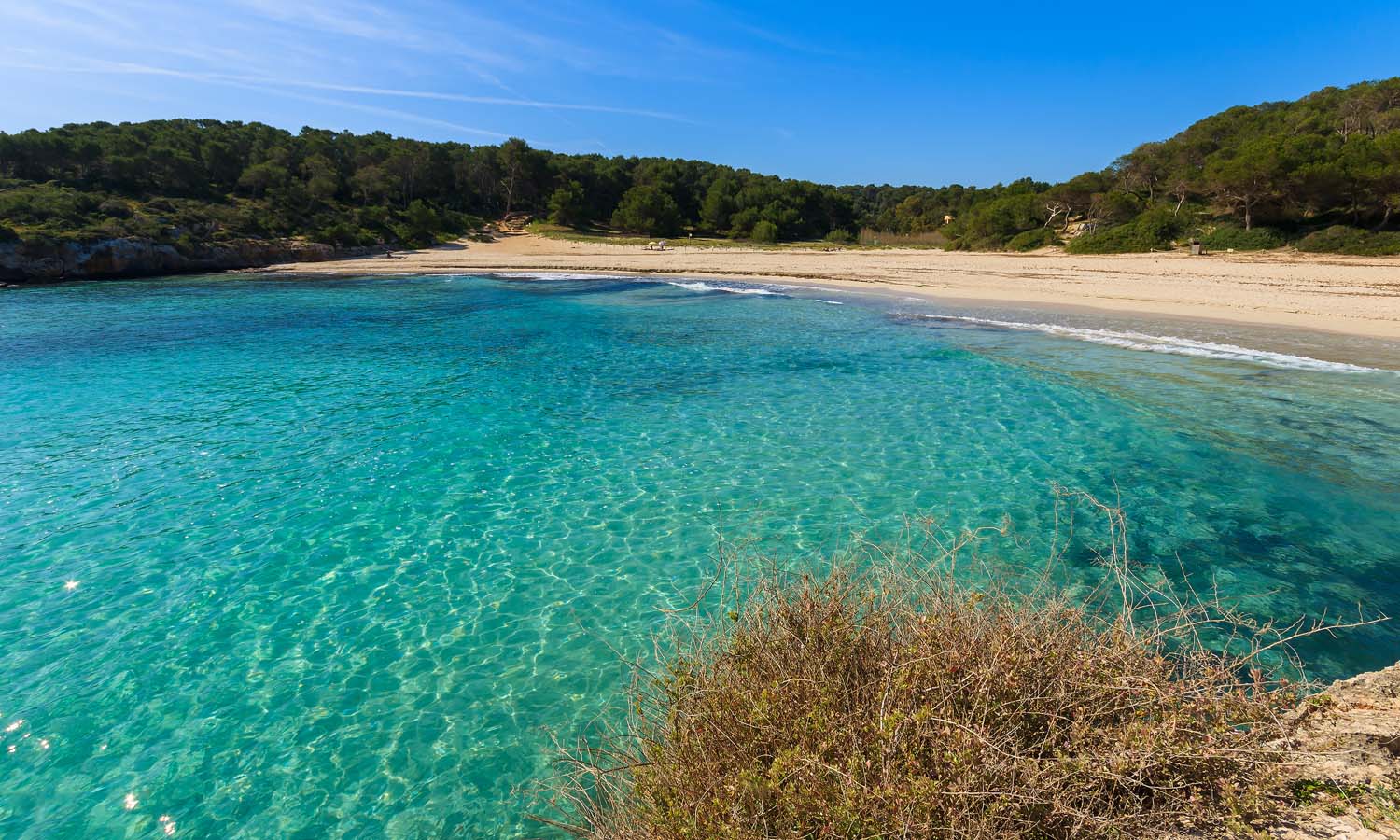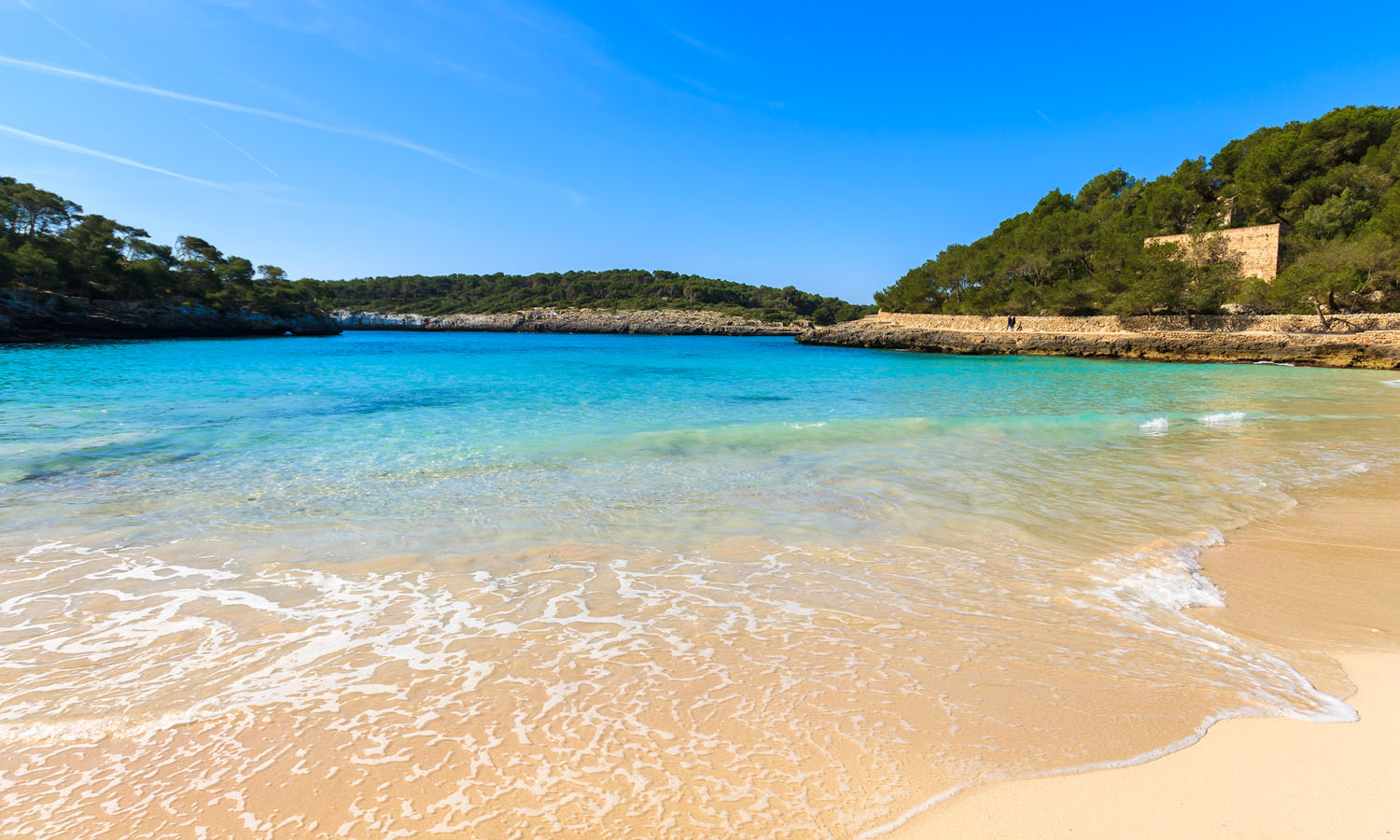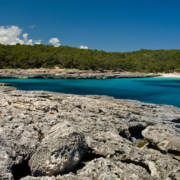Plan for a day: Mondragó Natural Park
Falling in love with Mallorca (and Nakar Hotel) is easy, but having so many places to visit can make decisions difficult. That’s why we’ve put together a new ‘plan for a day’ to give you some pointers and all the insider knowledge to really make the most out of our island and your trip. So, today let’s head south to…
Explore Mondragó Natural Park in Mallorca’s Southeast
You probably know that the southeastern coast is home to some of the most spectacular beaches on the island. But there is more to the southeast than sand and sun: the pretty villages, the sweeping landscape, and the wildlife that can be found in Mondragó Natural Park.
Located east of Santanyí and around 3 km south of Porto Petro, this coastal reserve protects around 2000 acres of wetlands, farmland, beaches and crystal clear sea. In fact, the Ses Fonts de n’Alis wetlands are visited by more than 70 species of birds who stop over on their migration routes.
Birdwatching in Mondragó
Mondragó Natural Park has been a special protection area for birds since 1995 and it’s easy to see why. Birdwatchers: you should explore the scrubland and the woods if you want to spot a stone curlew or a hoopoe. And don’t forget to look up: a kestrel or booted eagle may be circling up ahead. Also, watch out for Hermann’s tortoise, which has been reintroduced here. Along the rocky coastline, keep an eye out for nesting peregrine falcons and the occasional migratory osprey.

Over 300 species of flora and fauna live here, including native and endangered turtles. You might also come across an Iberian hare or rabbit, an Algerian hedgehog or the flapping wings of a bat. The wetlands are home to coots, grey herons and the slender, white little egret. In the ponds, hooded snakes, pond turtles and Balearic green frogs might be lurking.
This diverse area of pine trees, scrub and dunes also has rocky terrain with cliffs and ravines surrounding the beaches. Stone walls enclose small plots of agricultural land where almonds, carob and figs grow. In the scrub, you might find certain species of orchids, such as giant and pyramidal orchids.
Hiking in Mondragó Natural Park
It probably comes as no surprise that this is an excellent spot for hiking. The four main trails are easy loops, two taking half an hour each and the other two lasting forty minutes. Follow the signs, or better, use a map. We recommend the blue route that takes you along the coast and down to a secluded beach. If you lose your bearings, just remember to keep the Mediterranean Sea to your right. For more details, the information centre in the car park is open from 9:00 to 16:00.
Beaches in and around Mondragó
The park’s eponymous beach, Cala Mondragó, is perhaps the most famous. Pine trees decorate the cliffs that frame this Instagrammable cove that you’ve probably seen on your feed. But there are many more, such as S’Amarador, an award-winning beach that is reasonably isolated, although there is a car park nearby.

And, remember that, even though we’re talking about an unspoilt park, it can be popular during the summer, so we also recommend visiting at other times of year too, spring and autumn, for example. Mallorca has over 300 days of sunshine a year, so there are plenty of opportunities.
We hope you devote one of your days to visiting this beautiful natural park and, as always, we are more than happy to help you organise it — just ask one of our team at reception.




